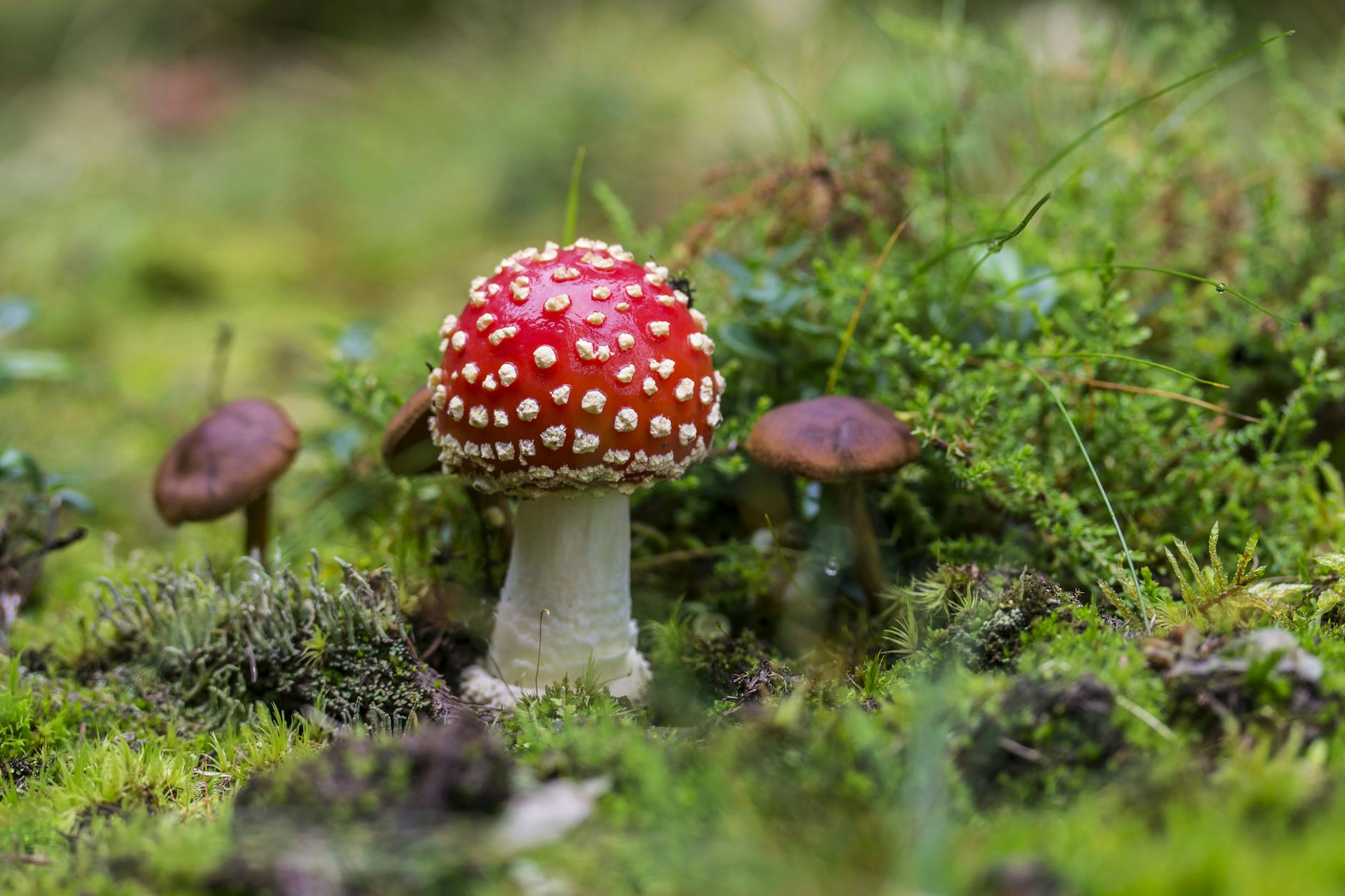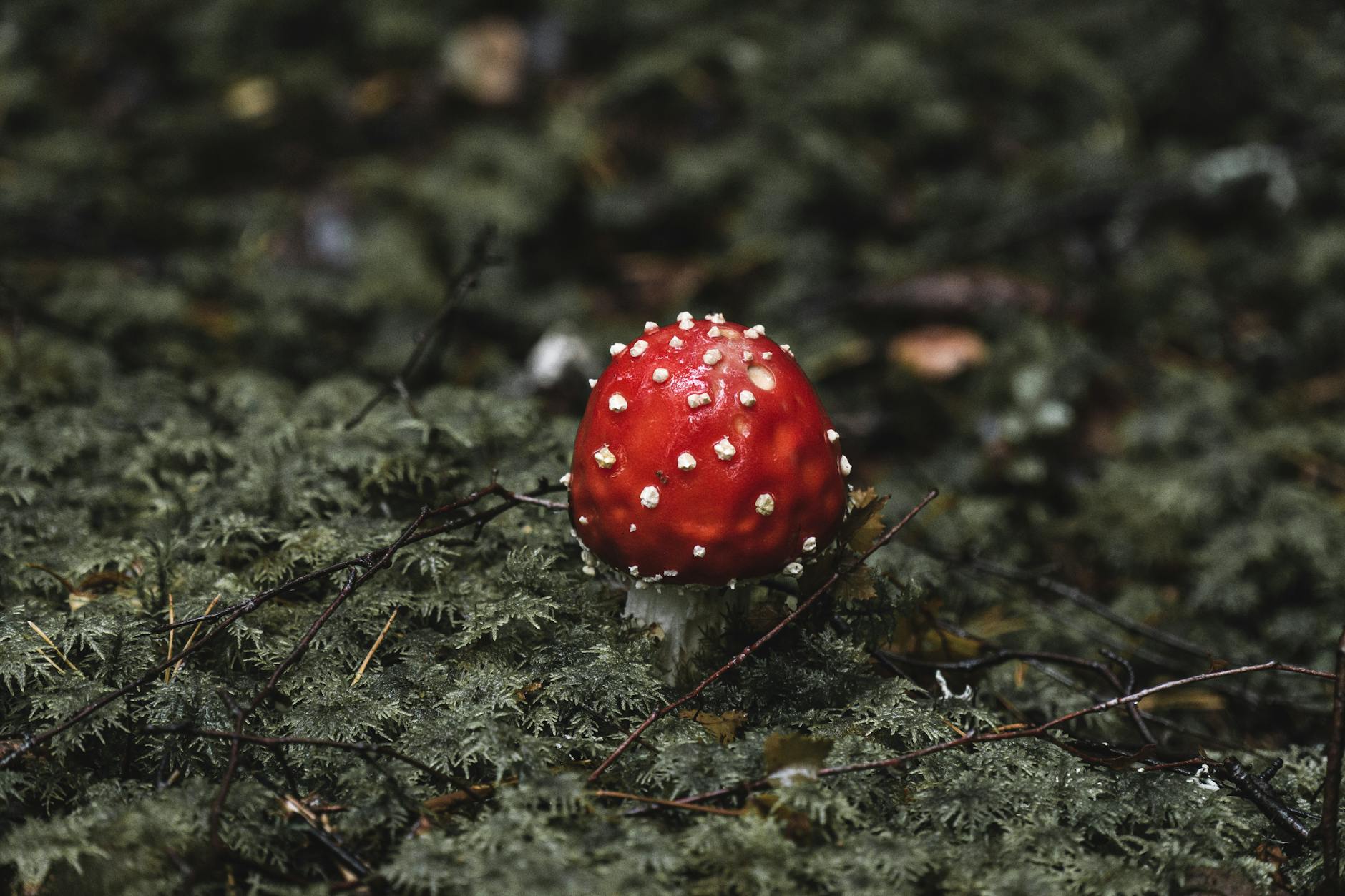Experiencing the beauty of nature often involves exploring the wilderness and encountering various plant species, including wild mushrooms. While some mushrooms are safe to consume and even prized for their taste and nutritional value, many varieties are toxic and can cause serious harm if ingested. Therefore, it is crucial to be knowledgeable and cautious when it comes to identifying and handling wild mushrooms. In this article, we will provide expert tips on how to stay safe from toxic fungi and enjoy the wonders of the natural world without putting your health at risk.
Understanding the Risks of Toxic Mushrooms
The first step in safeguarding yourself from toxic mushrooms is to recognize the potential dangers they pose. Many toxic mushrooms closely resemble edible varieties, making them challenging to identify for the untrained eye. Consuming even a small amount of a toxic mushroom can lead to symptoms ranging from mild gastrointestinal issues to severe organ failure or even death. Therefore, it is essential to be aware of the risks and take precautions when foraging for wild mushrooms.
Expert Tips for Safe Foraging
When venturing into the wilderness in search of wild mushrooms, follow these expert tips to minimize the risk of encountering toxic fungi:
1. Educate Yourself: Before embarking on a foraging expedition, educate yourself about the local mushroom species and their characteristics. Invest in reliable field guides or attend workshops led by experienced mycologists to learn how to identify both edible and toxic mushrooms accurately.
2. Stick to What You Know: When gathering wild mushrooms for consumption, only harvest varieties that you can positively identify as safe to eat. Avoid sampling unfamiliar mushrooms or consuming any species unless you are entirely confident in your identification skills.
3. Take Note of Habitat: Different mushroom species thrive in specific environments, so pay attention to the habitat where you find wild mushrooms. Some toxic fungi prefer growing near certain tree species or in particular soil conditions, which can serve as a clue to their identity.
4. Use Proper Gear: Equip yourself with the right tools for mushroom foraging, such as a sharp knife, a basket or mesh bag for collecting mushrooms, and gloves to protect your hands. Avoid using plastic bags for gathering mushrooms, as they can cause the specimens to sweat and deteriorate quickly.
5. Seek Expert Advice: If you are uncertain about the identification of a wild mushroom, consult with a knowledgeable expert or a mycological society for guidance. It is better to err on the side of caution and seek confirmation from someone with expertise in mushroom identification.
6. Cook Thoroughly: Even if you are confident that you have harvested a safe edible mushroom, always cook it thoroughly before consumption. Cooking mushrooms helps break down any potentially harmful compounds and makes them safer to eat.
By following these expert tips and exercising caution when foraging for wild mushrooms, you can enjoy the thrill of discovering nature’s bounty while minimizing the risk of encountering toxic fungi. Remember that the world of mushrooms is vast and diverse, with both culinary delights and hidden dangers, so approach wild mushroom hunting with respect and mindfulness. Stay safe, stay informed, and savor the wonders of the natural world responsibly.


